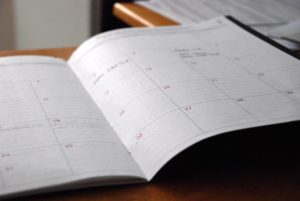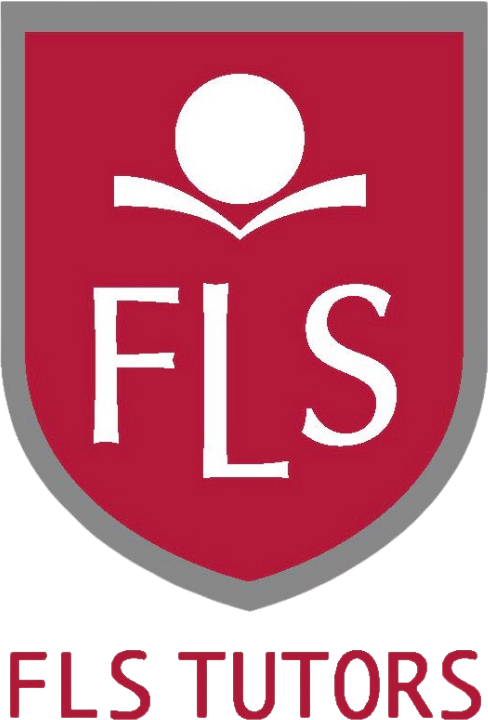Spring is just around the corner, and with it comes college admissions season! Applying to college is a tricky process, with deadlines and documents galore. Never fear though, we’ve got your college calendar checklist on hand to help you conquer this important time.
Quick Review
We’ve discussed what colleges are looking for in an earlier blog post, but we’ll start out by reviewing some of the things that colleges are looking for:

- Rigor and grades of high school courses: What classes did you take in high school? How were your grades?
- Extracurriculars: Do you play a sport? Volunteer or serve as a club officer? Did you work a part time job?
- Letters of recommendation—Written by the adults who know you best, these letters give a sense of your personality, dedication, and what you might bring to campus.
- Test scores: SAT or ACT, AP exams—all of these give colleges a sense of your academic prowess.
- Essays: Your Common App, supplementals, or any other essay required by the college.
- Demonstrated interest: Have you visited the college, contacted the admissions office, signed up for their newsletter? Admissions officers use it to see who would attend a college if admitted.
Many of these, of course, are multi-year initiatives. Your letters of recommendation come from ongoing relationships. Your grades of course, come from all four years in high school. However, junior and senior year still are the most important, so today we’ll be talking about the spring of junior year through the fall of your senior year. Let’s learn how to create your own college checklist calendar and make things happen!
Making Your Calendar

Spring of Junior Year
- Take the SAT or ACT for the first time. Most students do better on a second administration, but this initial assessment will give you a ballpark of what colleges to consider. If your scores aren’t where they want to be—a few months of comprehensive prep can help.
- Students should identify characteristics of a college that matter to them— size, location, cost, academic rigor, social environment, diversity, etc.
- Visit or research colleges and universities of potential interest. It’s best to visit while the university is in session if the student can, so that they can visit, ask questions and talk to students and professors.

Summer
- Write a calendar. Students should look up all requirements and deadlines for target colleges and compile them in one easy to access location. Deadlines can vary from college to college. For instance, at Penn State, you have to apply by November if you want to go to their main campus.

- Compile a resume of activities, honors, leadership positions, and job experiences. Students will find this useful for applications and scholarship forms but also a good idea to provide to anyone writing your letter of recommendation.
- Start working on the essay—this is something that students ought to spend some time on. The essay is one of the few moments where a student can show their authentic personality and it serves as a critical way of distinguishing students from each other who might otherwise look similar based on their academic profile.
Fall

- This fall, that calendar students put together over the summer is going to come in handy! Keep track of all your deadlines so you don’t miss anything.
- If necessary, register for the fall ACT or SAT. Be sure to carefully review the score release dates so that their target colleges receive them in time.
- Double check all of your applications. Some of the elements of your application will be coming from guidance counselors and teachers, so it’s useful to call the college after a week or so and make sure they have everything.




